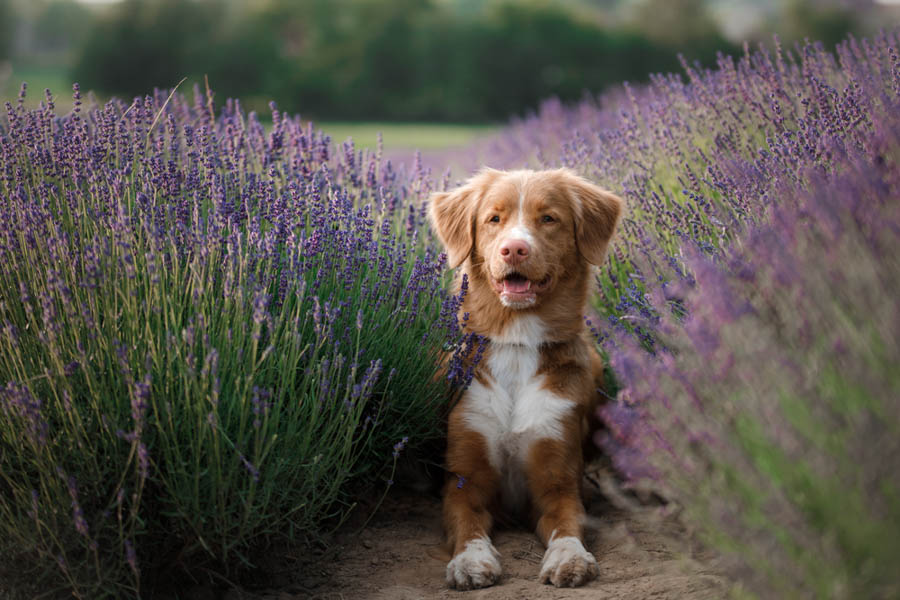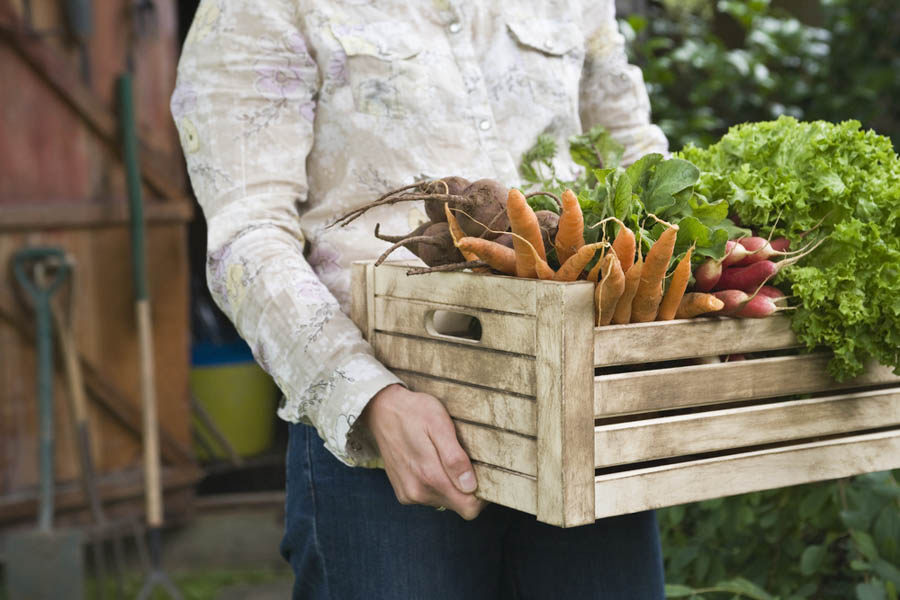Landscaping for Pet Safety: 10 Tips

GardenZeus receives commissions for purchases made through links in this post. There is no additional cost to you.
We all love our pets and we all want to keep them as safe as possible while giving them freedom to roam in our yards. Here are ten tips:
- Mow your lawn regularly. A well-maintained lawn prevents tall grass from growing and producing seeds, burrs and fox tails that can attach to your pet’s hair.
- Provide shade. Pets, particularly large dogs with lots of hair (think Golden Retrievers!), need shade to protect them from the hot afternoon sun. Prevent overheating and dehydration by providing them with a location boasting filtered light, a cool surface and plenty of water.
- Monitor applications of garden amendments, fertilizers and pesticides. Just because it may be good for your soil or your plants doesn’t mean it is good for your pet. And pets are particularly exposed to what we put in the ground, as they often lie on and dig in the dirt.
- Go organic. Many inorganic fertilizers and pesticides are harmful to pests and pets. But even organic fertilizers can cause problems with pets, particularly dogs. Dogs have a keen sense of smell that will attract them to certain organic amendments with animal products. To your dog, organic amendments such as bone meal and blood meal smell like dead animals buried under your rose bushes. And you wonder why your dog is digging! Consider using organic amendments without animal products. Read the labels.
- Secure lids on garbage cans and recycling bins. You may not be interested in yesterday’s dinner, but your pets may be. Keep him or her out.
- Beware of compost bins. Your decomposing compost can be quite an attraction for your pet. Make sure your compost bins stays aerobic and keep your pets away.
- Poisonous plants. Many plants toxic to humans are also toxic to pets. Think Nightshade family and digitalis (foxglove).
- Non-poisonous plants. Just because a plant isn’t toxic to humans doesn’t mean it isn’t toxic to pets. For example, humans have been eating grapes for thousands of years, but they can be toxic to dogs. According to The American Kennel Club, dogs are carnivores who do not require fruits or vegetables as a part of a healthy diet, but they can eat some fruits and vegetables as an occasional treat. See the AKC’s complete list at: Fruits and Vegetables Dogs Can or Can’t Eat. Many common garden plants, including azalea, hydrangea, jasmine and lupine can also be toxic to pets. The AKC maintains an excellent list of common garden plants that are toxic to dogs. So does the ASPCA.
- Monitor use of materials for hard landscaping. Products such as pea gravel may work well for most dogs as it is easy on paws and unlikely to be harmful if ingested. However, it might be harmful if ingested by small dogs.
- Fences and gates. Last and probably most important, make sure your yard and pool are fenced and your gates are closed (and locked when necessary) and appropriately sized. Do the think-like-a-dog test: can I dig under it (the fence)? Can I push it open if I throw my body weight against it (the gate)?
Have questions about something your pet ate in your yard (or home)? Call the animal Poison Control Center at 855-764-7661 and they will tell you what you need to do. A $59 per incident fee applies.
Have fun with your pet in your yard! Make a Sprinkler, Spray Gun or Garden Watering Wand From a Plastic Bottle and keep him or her cool in the summer heat.
Or, let your pet have fun with this water drinking fountain/water toy:
GardenZeus has customized gardening information by plant and zip code. To get started, click here.
Grow your own food! It’s easy. Get started by reading Daren’s series on Planning for New Vegetable Gardens: Siting and Sunlight
